So, you’ve decided to become vegan. Good for you! By moving to a vegan lifestyle, you are taking a big, beautiful step towards improving your health and happiness. We’re glad to have you on board. Whether your motivations are ethical, environmental, health reasons (improving your cholesterol levels, improving your hearth health), or weight loss, a plant-based diet is a fantastic (and delicious) way to achieve your wellness goals.
As you begin the transition to a plant-based lifestyle, don’t forget that you are in the driver’s seat. You decide what goes on your plate and what food you put in your body. By choosing a vegan diet, you are eliminating the processed meat, dairy, and animal byproducts that are weighing you down, compromising your health, and preventing you from being the energetic, radiant human that you are.
You’ll soon find that being vegan isn’t just a diet—it’s a way of life. And once you get into the groove of centering your meals around fresh fruits and vegetables, whole grains and plant proteins, you won’t even miss the meat and dairy products that once filled your plate. Seriously! Starting right now, your life is about to change dramatically. We promise.
Table of contents
What is a vegan?
What is a vegan, anyway? When it comes to food, veganism is an extension of vegetarianism where all animal products are avoided, including eggs and dairy. It’s mostly pretty simple, although there are some choices. For instance, whether or not to eliminate honey (technically eating honey isn’t vegan). In fact, you have a lot of personal choices when it comes to shaping the type of vegan you want to be. Despite the fact that all vegans share a commonality in avoiding the same foods, we’re all individuals with our own unique ideas about what it means to eat a plant-based diet.
But let’s slow down a bit. You’re just beginning your transition to plant-based foods, and starting out small is totally fine. In fact, we encourage it. All we’re trying to say is that being vegan is a personal choice, and there’s much more to it than excluding animal products from your diet.
How to transition to veganism
When I first became vegan, there were a bunch of scenarios I kept imagining that made me start doubting my decision. For example, “I’m going to Spain this summer, what if I want to try the local food?” and, “What am I going to eat on Thanksgiving and Christmas?” Thinking about these hypothetical situations made my transition to being vegan way harder than it needed to be.
In hindsight, I wish someone had told me to chill out. Like I’ve said before, when you think about how you’re depriving yourself of certain foods and experiences, you tend to forget about how you’re empowering yourself to be healthy. That’s why you’re doing this in the first place, isn’t it? Instead of freaking out over travel and holiday plans six months down the road or even your grandma’s birthday party next week, think about how you can make a change to your diet today.
One day. That’s all you need to get started on your journey. It seems simple, doesn’t it? Well, it is. You may not realize it, but you actually eat vegan food all the time. Consider what you eat in a typical day. Maybe you have coffee and a slice of whole wheat toast with peanut butter for breakfast, an apple for a midday snack, a salad loaded with fresh veggies and some pita bread with hummus for lunch, and a pasta dish with a side of broccoli for dinner. These are all plant-based foods you already eat all the time. And guess what? They’re all delicious.
You might be wondering when you’ll get to a place where this whole vegan thing goes on autopilot and you don’t even think about putting meat and dairy in your body anymore. As we’ve seen, the transition to being vegan is different for everyone. Personally, I started by cutting beef and pork products from my diet. A few months later I eliminated poultry and fish and was on a vegetarian diet. It wasn’t until almost a half-year later that I decided to kick milk, cheese, and eggs to the curb. This gradual transition to a plant-based diet made the process so much more manageable than going gung ho right off the bat.
I’m not saying this is the way you should transition to a vegan diet or that it’s even the best way to make the switch. What I am saying is that it’s a matter of personal choice. When you think about it in very broad terms, you’re essentially quitting animal products. In this way, you can compare the experience to that of someone who has decided to stop smoking (bear with me). Some people can quit cold turkey and never look back. Others need to make small changes gradually, in order to kick the habit. A few go as far as getting hypnotized to be smoke free. It all comes down to knowing how your mind and body respond to change.
The important thing to remember is that you’re making an effort to initiate a positive change in your life. Your transition to being vegan is a process. Do you want to eat a Tofurky sandwich for lunch or sprinkle some vegan Parmesan on your pasta? If mock meats and vegan substitutes it will make your transition to being vegan easier, do it! It could take weeks, months, or even years to take the training wheels off and stop eating meat and dairy replacements. That’s fine by us. Just be aware that you’ll probably encounter some hardcore, holier-than-thou vegans who will waggle their fingers at you in disapproval for eating the processed stuff.
But who is anyone to judge your journey to plant-based bliss? There will come a point in time when you’ll come to your own realization about how much better you feel eating natural, whole foods, and you’ll gradually phase out soy-based meat and dairy products all together. But you’ll do it when you want to and when you’re ready. There’s no sense in trying to live up to someone else’s expectations about what a vegan diet should look like when it comes to making such a dramatic change to your health.
Grocery shopping
As a new vegan, your first trip to the local grocery store can be super intimidating. Trust me. I’ve been there! When before you could breeze through the aisles and grab whatever was on sale or looked too good to resist, there are now labels to read and ingredients to take into consideration. There is a bit of a learning curve. While this can be frustrating on your first couple of trips to the store, selecting foods that align with a plant-based diet will become effortless in no time at all.
Reading Food Labels
All FDA-regulated and manufactured food products that contain milk or eggs as an ingredient are required to list the word “milk” or “egg” on the label. Seems pretty straightforward, right? Wrong. I wish it were that simple! Deciphering vegan foods from items containing animal products is a bit trickier than that.
As you start getting in the habit of reading the ingredient list on packaged foods, you’ll come across a bunch of words you don’t recognize. They may look relatively innocent, but many of them are actually undercover non-vegan ingredients. To find out if what’s in your shopping cart is truly free of animal products and byproducts; you’re going to have to do some investigative work on the fine print. Here are some less obvious ingredients to watch out for that may be hiding where you least expect.
Reading a Label for a Milk-Free Diet
Avoid foods that contain any of these ingredients.
- Butter fat, butter oil, butter acid, butter ester
- Buttermilk
- Casein
- Casein hydrolysate
- Caseinates (in all forms)
- Curds
- Custard
- Diacetyl
- Ghee
- Lactalbumin, lactalbumin phosphate
- Lactoferrin
- Lactose
- Lactulose
- Milk protein hydrolysate
- Pudding
- Recaldent®
- Rennet casein
- Tagatose
- Whey (in all forms)
- Whey protein hydrolysate
Here are a few examples of where milk may be unexpectedly found.
- Artificial butter flavor
- Caramel candies
- Chocolate
- Lactic acid starter culture and other bacterial cultures
- Margarine
- Nisin
- Non-dairy products
- Nougat
Alternatively, these ingredients do not contain milk.
- Calcium lactate
- Calcuium stearoyl lactylate
- Cocoa butter
- Cream of tartar
- Lactic acid (however, lactic acid starter culture may contain milk)
- Oleoresin
- Sodium lactate
- Sodium stearoyl lactylate
Reading a Label for an Egg-Free Diet
Avoid foods that contain any of the following ingredients.
- Albumin (also spelled albumen)
- Egg (dried, powdered, solids, white, yolk)
- Eggnog
- Lysozyme
- Mayonnaise
- Meringue (meringue powder)
- Ovalbumin
- Surimi
Here are a few examples of where eggs may be unexpectedly found.
- Egg substitutes
- Lecithin
- Macaroni
- Marzipan
- Marshmallows
- Nougat
- Pasta
Cooking substitutions
If you’re exceptionally good at baking, the pre-vegan you probably had a set of kitchen tricks you mastered after a lot of trial and error. Like being able to soften butter just enough to whip it into your favorite cake mix and knowing how to separate an egg with ease. Am I right? Well, now that you’re eating a super healthy plant-based diet, there are plenty of new vegan cooking hacks to incorporate into your arsenal of skills that will give you that same feeling in the kitchen. Here are a few of our favorite vegan alternatives:
- Coconut milk as whipped cream: Simply refrigerate a can of full-fat coconut milk overnight and use a hand mixer to whip the white stuff until it’s fluffy.
- Egg substitutions: There are so many ways to replace eggs in baking! You can easily turn your favorite recipes into vegan masterpieces by using any of the following substitutions. All substitutions listed below are equal to one egg. For more plant-based alternative to eggs, check out this post: Vegan Egg Substitutes: A Comprehensive Guide
- Vegan Buttermilk: You can get the same flavor and consistency of buttermilk without the use of dairy by combining one cup of very cold almond milk, soymilk, or oat milk with one teaspoon of vinegar. Stir the mixture and let it sit until it curdles.
- Vegan Honey: Make your own sweetener by mixing 1¼ cups of sugar with ⅓ cup of water. Simply replace the honey with an equal amount of your homemade concoction in any recipe.
Our Favorite Vegan Recipes
New recipes are a great way to add some momentum to your transition to plant-based eating! Here are a handful of our favorites, but check out all the recipes on Well Vegan.
Free vegan starter meal plan
If this is all feeling like a bit much, let us help! Six weeks of meal plans and grocery shopping lists, delivered right to your inbox, for a healthy and successful transition to eating a plant‑based diet. A well-planned vegan diet is an easy way to make a lifestyle change.
Building a Balanced Vegan Meal
When you were growing up, what did a typical family dinner look like? For many of us, a “balanced meal” would include a big chunk of meat flanked by some mashed potatoes and green beans, a slice of buttered white bread on the side and a tall glass of whole milk to wash it all down. Oh, and a piece of apple pie with ice cream on top for dessert.
These foods are woven into the fabric of American food culture. So when most folks first become vegan, they’re often clueless when it comes to redefining what a balanced meal should be. We totally get it. When you’re used to filling your plate with meat and dairy products, it can be tricky to figure out how to replace them. Not to mention, you’re probably fielding a lot of eyebrow raises and questions from your friends and family members. “Where do you get your protein?” “Won’t you get Osteoporosis if you don’t drink milk?”
Well, let them ask all the questions they want (and they will), because we’re happy to report that you can get all the nutrients you need to lead an active, healthy life without eating animal products or animal byproducts. You just have to know where to find these nutrients and how to create a balanced vegan meal that keeps you full, satisfied, and, perhaps most importantly, is lick-your-plate delicious. It’s definitely doable, and it’s easier than you think.
But before we talk about the building blocks of a balanced vegan meal, let’s take a quick look at the history of our country’s dietary recommendations and how they have changed over time. And before you ask – Yes! There is a point to this.
The USDA published its first dietary recommendations all the way back in 1894. This initial guide stated that a healthy American diet should consist of protein, carbohydrates, fat, and “mineral matter” (specific vitamins and minerals hadn’t even been discovered yet.) Since then, the USDA has changed its mind a bunch of times when it comes to what Americans should be eating. First, there were 12 food groups, which was eventually narrowed down to the “Basic Seven.” Next, we had the “Basic Four.” Then in 1992, we were taught that the Food Guide Pyramid was king when it came to eating a balanced diet.
Fast forward to 2011. First Lady Michelle Obama and USDA Secretary Tom Vilsack released MyPlate to replace the Food Guide Pyramid and to help Americans make healthier food choices. The new MyPlate guidelines emphasize the fruit, vegetable, grains, protein, and dairy groups. The sweets and fats section was eliminated all together.
As you can see, this model doesn’t work for us vegans. Regardless of how often the government has changed its dietary recommendations, meat and dairy have always been the stars of the show. But don’t worry! Vegans have their own set of food groups, naturally cholesterol-free, that you can combine and prepare in countless ways to create dishes that burst with flavor and variety.
The five food groups are: vegetables, fruits, legumes, whole grains, and nuts and seeds.
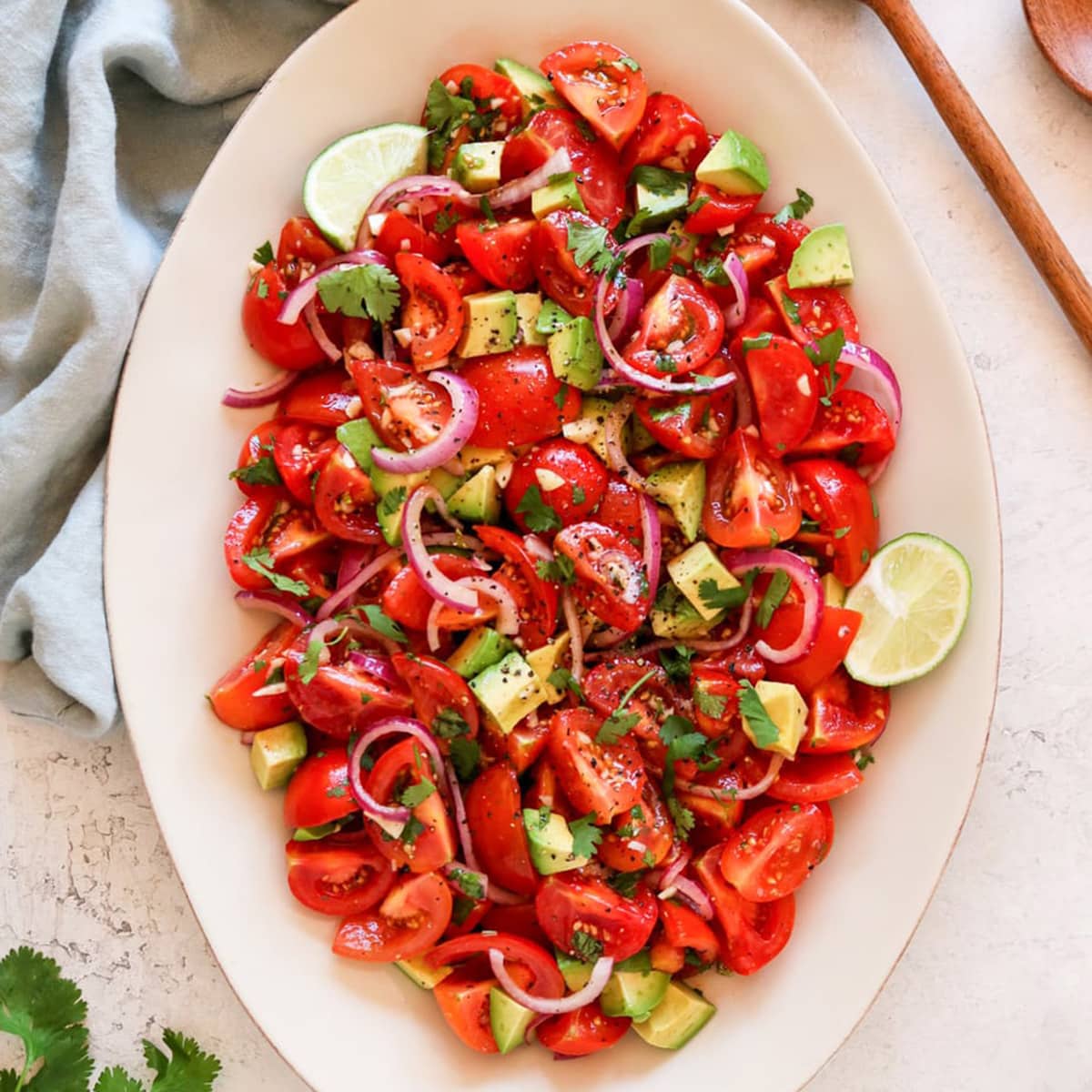
Vegetables
Without question, vegetables are a must-have in every vegan’s diet. I get it; they can be scary at first. Brussels sprouts! Eggplant! Bean sprouts! The horror! But seriously, they’re non-negotiable. You need get your greens (and reds and yellows) several times a day, every day. Many of them contain disease-preventing phytochemicals and all of them provide us with essential vitamins and minerals. You can buy them fresh or frozen, depending on what’s in season. Try to avoid canned veggies – they can be kind of blah.
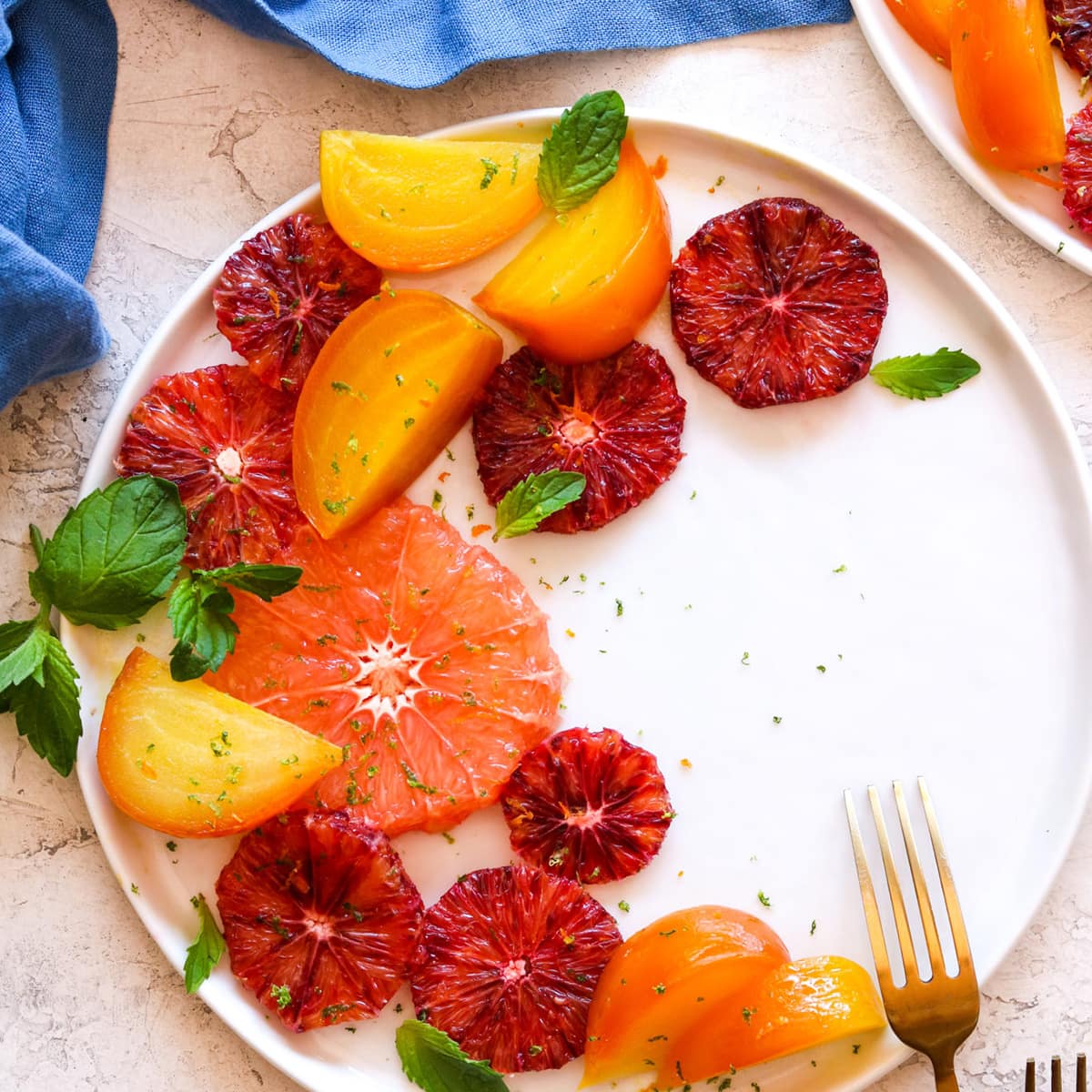
Fruits
Fruit is low in fat, calories, and sodium, has no cholesterol, and is high in fiber. Oh, and it’s delicious. What’s not to love? The fiber fills you up so you feel full longer and helps keep your digestive system in working order. Fruit is also loaded with vitamins and minerals that make you glow from the inside out. Choose your favorite fresh, frozen, and dried fruits to create a balanced vegan meal.
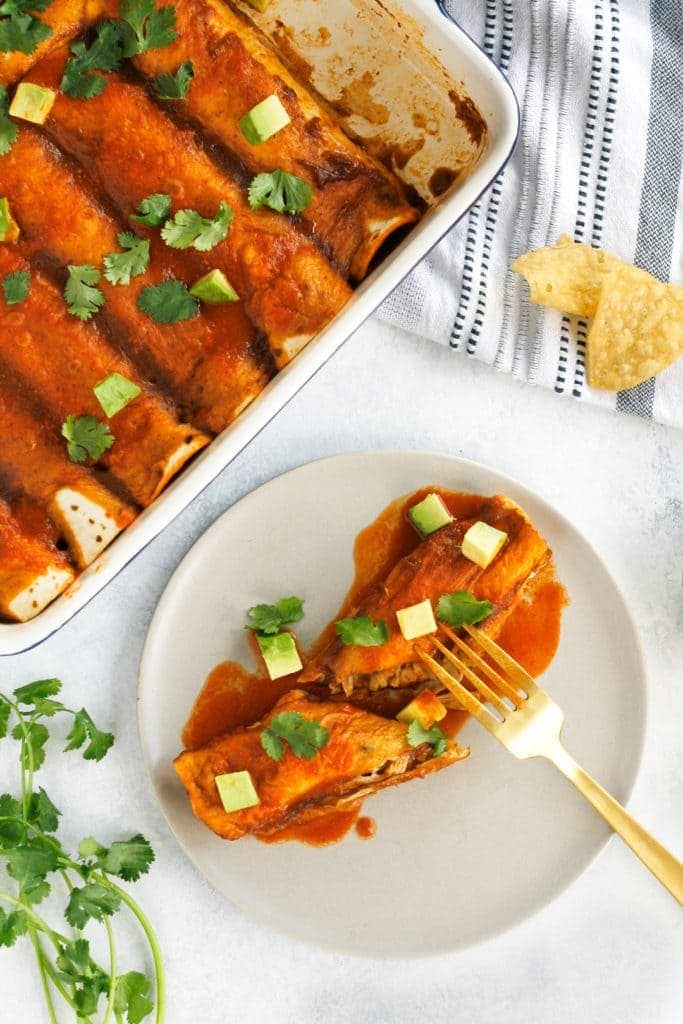
Legumes
Wait, what the heck is a legume? I’m glad you asked, because legumes are one of the best ways for a vegan to pump protein into his or her diet. Legumes are a class of vegetable that includes beans, peas and lentils. They’re typically low in fat, contain no cholesterol, and are high in folate, potassium, iron, and magnesium. They’re all around really good for you, and are a key part of a balanced vegan meal.
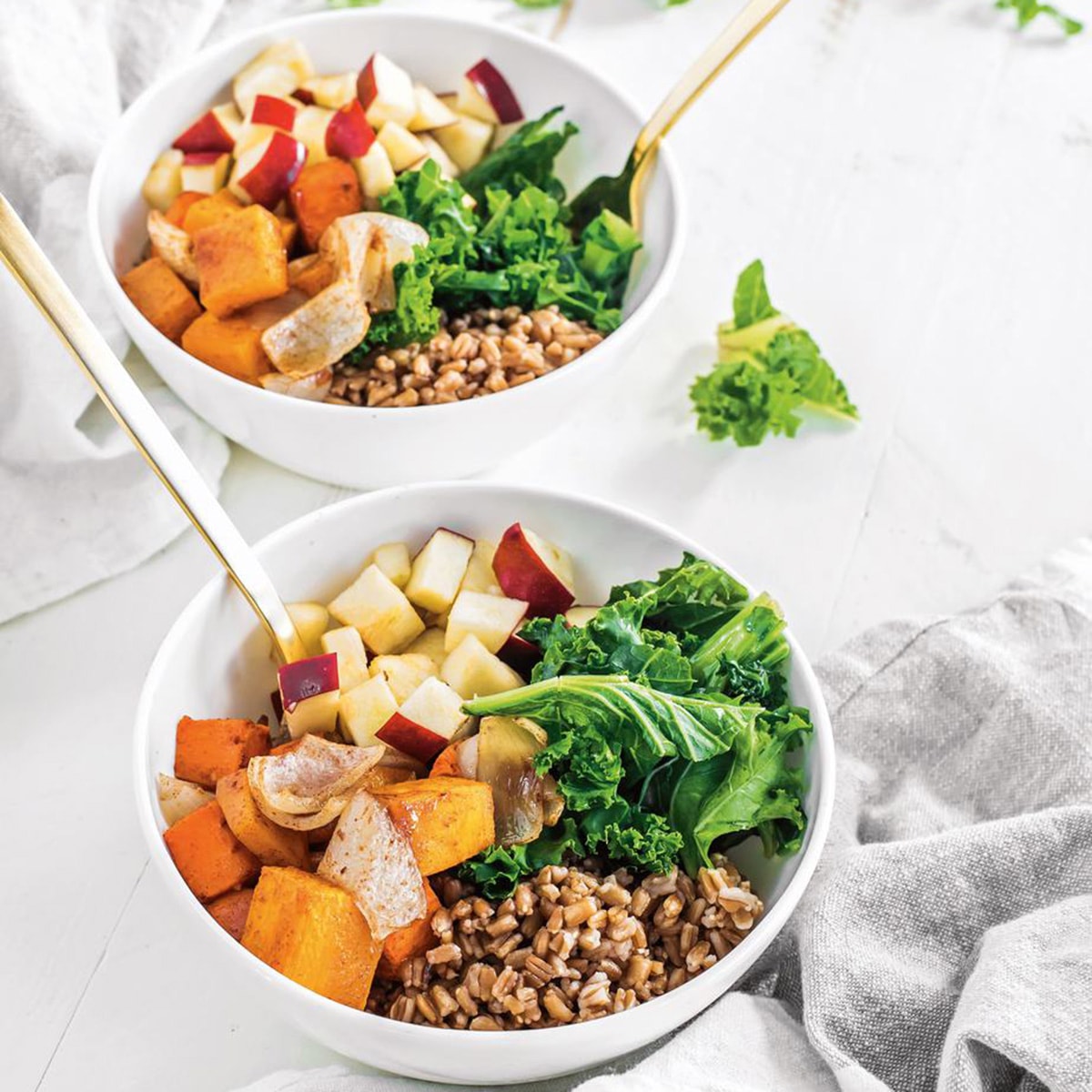
Whole Grains
We all love grains. And when you’re vegan, you get to know them really well. They provide that stick-to-your-ribs feeling after every meal. That is, as long as you’re eating the right kinds of grains. Whole grains are the preferred fuel for the brain, red blood cells, and nervous system. Refined grains? Not so much. These include white bread, most pastas, and white rice. They don’t do much for you.
The Truth About Carbs
Unless you’ve been living under a rock for the past several decades, you’ve heard that carbohydrates are nothing short of lethal if you’re trying to lose weight. Sure, this may be true if you’re regularly wolfing down a donut for breakfast, a peanut butter and jelly sandwich on white bread for lunch and a heaping plate of pasta for dinner (please don’t do this). But despite what you’ve heard, the right kinds of carbs are an essential part of a balanced diet – especially for vegans. Our bodies and minds need carbs for energy. So, we say screw the South Beach Diet. Here’s the real truth about everyone’s favorite food group.
Simple and Complex Carbohydrates
There are two types of carbohydrates: simple and complex. Simple carbohydrates are about as nutritious as woodchips. They’re really awful for you. Foods that fall under the simple carb umbrella include most cereals, pasta, rice, bagels, breads, muffins, cookies, and the croissant you order for breakfast when you’re running late for work. Simple carbohydrates are mostly made of sugar, which A.) Makes you fat and B.) Gives you a big sugar high followed by an even bigger crash.
Sounds pretty terrible, right?
That’s because the majority of our carbohydrate intake should come from complex carbs. Sweet potatoes, brown rice, lentils, quinoa, and pasta and bread made from whole wheat are all gifts from Mother Nature that haven’t been bleached, stripped, or refined by big, scary food manufacturers. Complex carbs are packed with all sorts of nutrients vegans need to create a balanced meal. You have our permission: Load up on the good stuff!
![Carrot Cake Oatmeal [Instant Pot]](https://wellvegan.com/wp-content/uploads/2018/03/carrot-cake-oats-5@2x.jpg)
Nuts and Seeds
If you were to look at the fat and calorie content in nuts, you’d probably be hesitant to eat them. Don’t be! Adding them to your plate helps you feel full longer, which prevents you from binging on other high-calorie, high fat foods. Nuts are also a great source of protein, are high in essential amino acids and healthy fats, and have many other health benefits like vitamins, minerals, fiber, and other chemicals that may prevent cancer and heart disease.
- Raw, unsalted nuts: Almonds, Brazil nuts, cashews, hazelnuts, and pecans
- Raw, unsalted sunflower seeds: Pumpkin seeds, flax seeds, hemp seeds, chia seeds, and shredded coconut
- Nut butters: Peanut butter, almond butter, cashew butter, pumpkin seed butter, and sesame seed butter (tahini)
You may have noticed we failed to include your favorite cookies, chips, and desserts in this guide. That doesn’t mean you can’t have them! It just means they don’t fit into any of the vegan food groups we listed above. As long as processed snack foods and desserts aren’t at the center of your diet, go wild and indulge once in a while. You’re only human, after all. Who are we to deprive you of your Double Stuffed Oreos?
While we’re on the topic, our recommendations for building a balanced vegan meal are not the end-all-be-all when it comes to planning a healthy diet. If you scour your kitchen cabinets in search of pecans to add to your breakfast bowl and come up short, nothing terribly bad is going to happen to you. However, if you make it a point to incorporate at least one item from each of the five food groups into most meals you make, you’ll reap all the benefits of a plant-based diet without feeling hungry, sluggish, or deprived.
Vegan Nutritional Guidelines
Those who work in the meat, dairy, and egg industries like to make people think a vegan diet is nutritionally inadequate. This couldn’t be further from the truth. When it comes to getting enough protein and calcium, the two big ones that many folks associate with meat and dairy products (animal ingredients), we vegans have access to a wide variety of plant foods bursting with more than enough nutrients to fill us up and keep us healthy. But that’s just the beginning.
Humans actually require over forty essential nutrients to maintain a healthy diet. Seems like a lot, doesn’t it? Luckily, it’s possible to get all of the vitamins and minerals you need from plant foods (with the exception of vitamin B12). Most nutrients are hidden in all types of different fruits, veggies, nuts and grains, so we don’t really have to worry about getting enough of them. You do, however, have to know where to find them.
Link to full post about vegan nutritional guidelines to makes sure you're hitting your daily protein requirement, along with other necessary nutritional needs for a healthy lifestyle. registered dietitian
Supplements
Let me preface this section with the following disclaimer: You can (and should) get all of the vitamins and minerals you need to be healthy from plant foods. That is, with the exception of vitamin B, but this can easily be added through eating fortified foods (we discussed this in detail the previous section). Got it? Good. Also consult with a registered dietician before making any dietary changes or adding supplements to your diet.
With this in mind, you might be wondering why dietary supplements exist at all. There are aisles at the super market and even entire stores dedicated to pills, powders, and gels packed with everything from iron to protein. But what’s the point of shelling out cash for the synthetic stuff if we can get everything we need from the ground?
Let’s be honest. Very few of us have the time, resources, patience, and willpower to maintain a perfect vegan diet. As in, you fulfill all of your RDAs for every essential nutrient every day of the week. Sure, it’s possible. But is it realistic? Not really. That’s where supplements come in. Vitamin supplements swoop in as a backup plan to ensure you get enough of the nutrients you need to be your healthiest self. Specifically, I’m talking about vitamin D, vitamin B12, iodine, calcium, and DHA.
Yes, the vast majority of your nutrients should come from plant-based foods. But we all need a little bit of help every once in a while. Remember, the goal here is progress, not perfection. Admitting that a vegan diet is not automatically perfect is way better than ending up with a deficiency and getting sick. Consult with a medical professional about what supplements are best for you.
References:
- http://veganhealth.org/articles/iron
- http://www.webmd.com/vitamins-supplements/ingredientmono-999-BETA-CAROTENE.aspx?activeIngredientId=999&activeIngredientName=BETA-CAROTENE
Resisting temptation
Resisting temptation is one of the hardest parts about your vegan journey. It appears as though your favorite pre-vegan foods follow you everywhere. Fast food restaurants, family barbecues, birthday parties, happy hour – it seems like a never-ending battle to just say “No.” If you’re anything like me, you may find that the devil on your shoulder chanting “Just one bite!” becomes increasingly louder and harder to ignore during the holidays. I know it’s hard. Believe me. But I strongly encourage you not to cave in.
One bite, though. One bite is harmless, right? Sorry, Charlie. This mentality is a slippery slope. One bite turns into three bites and at that point you’ve already fallen off the wagon for the day. Why not indulge in a piece of pie for dessert? As you lick the last bit of whipped cream off your fork, you start feeling guilty about giving into temptation and derailing your plans to be a lean, green, vegan machine. Spoiler alert: It’s not worth it.
So, how do we avoid temptation? Here are a few helpful tips:
- Carry an emergency vegan treat with you at all times. Whether you have a sweet tooth or prefer something a bit more savory, find a special snack you absolutely love and keep it in your purse or car. When the temptation to devour a 24-piece chicken nugget strikes, reach for that emergency sleeve of Oreos (yes – they’re vegan!) and slowly back away from the McDonalds drive-thru.
- Create distance between you and your temptation. As in, physically leave the room. It sounds simple and kind of funny but it actually works. For me, if I can’t see it, I won’t want it nearly as badly. Remove yourself from the snack table, kitchen, dining room, grill, or vending machine until your craving passes.
- Find something healthy to snack on. Some of my favorite go-to snacks include baby carrots dipped in hummus, nuts, and pomegranate seeds. Immediately fighting your craving with something healthy will remind you of why you chose to follow a vegan meal plan in the first place. To feel happy, healthy, and not sick to your stomach from eating processed meat and dairy products.
While the transition to a plant-based diet is totally doable, the idea of becoming vegan can still be kind of scary. We get it. You’re not only changing your diet, there’s an entirely new lifestyle to adapt to. From grocery shopping, to eating at restaurants, to resisting temptation, there will be challenges around every corner. But the payoff of having a healthy body and a clear mind is totally worth it.
Free vegan starter meal plan
Everything you need for a healthy and successful transition to eating a plant‑based diet, including six weeks of meal plans. Join our email list today and get the meal plans and shopping lists delivered right to your inbox.
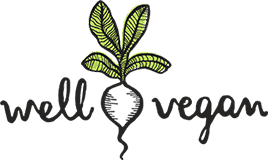


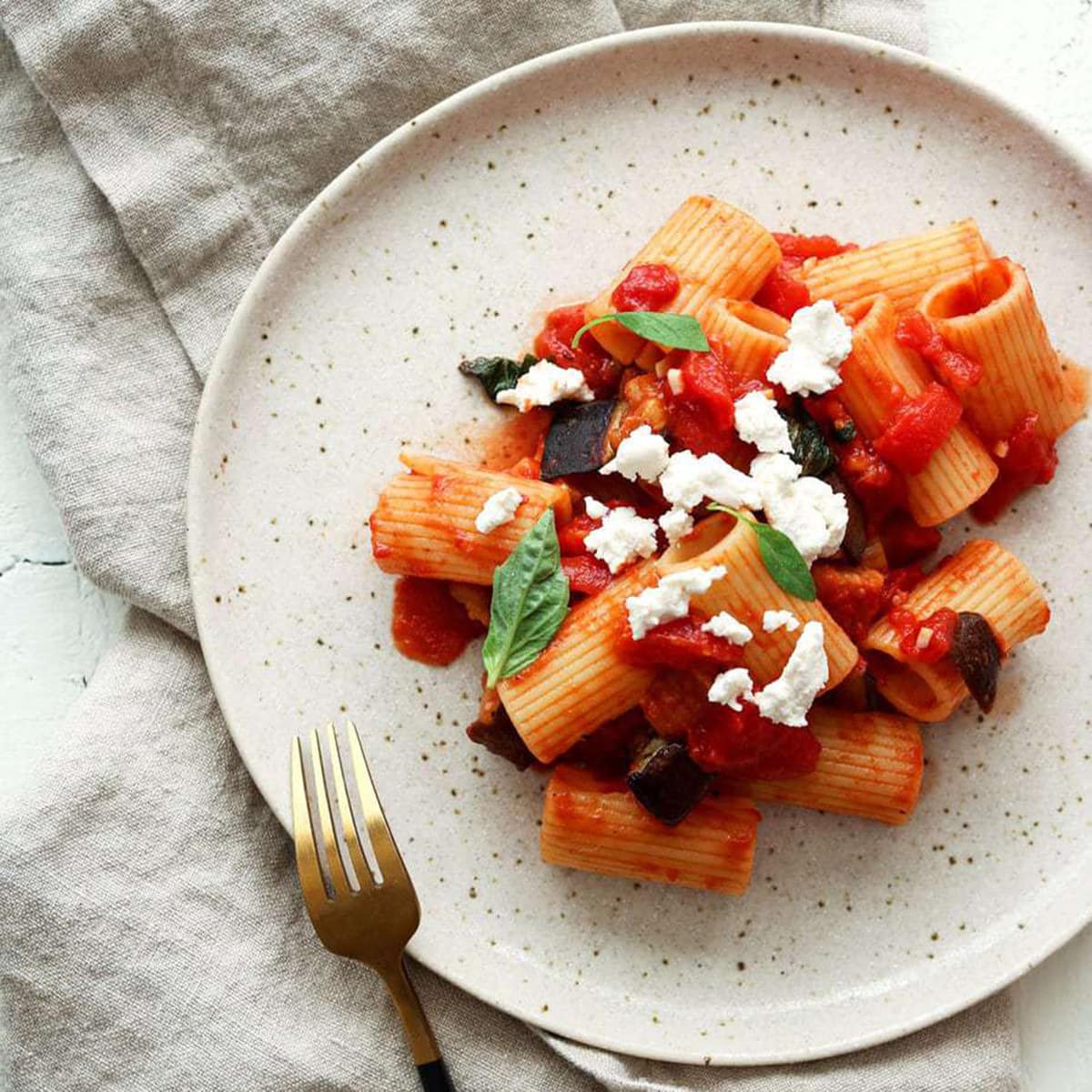
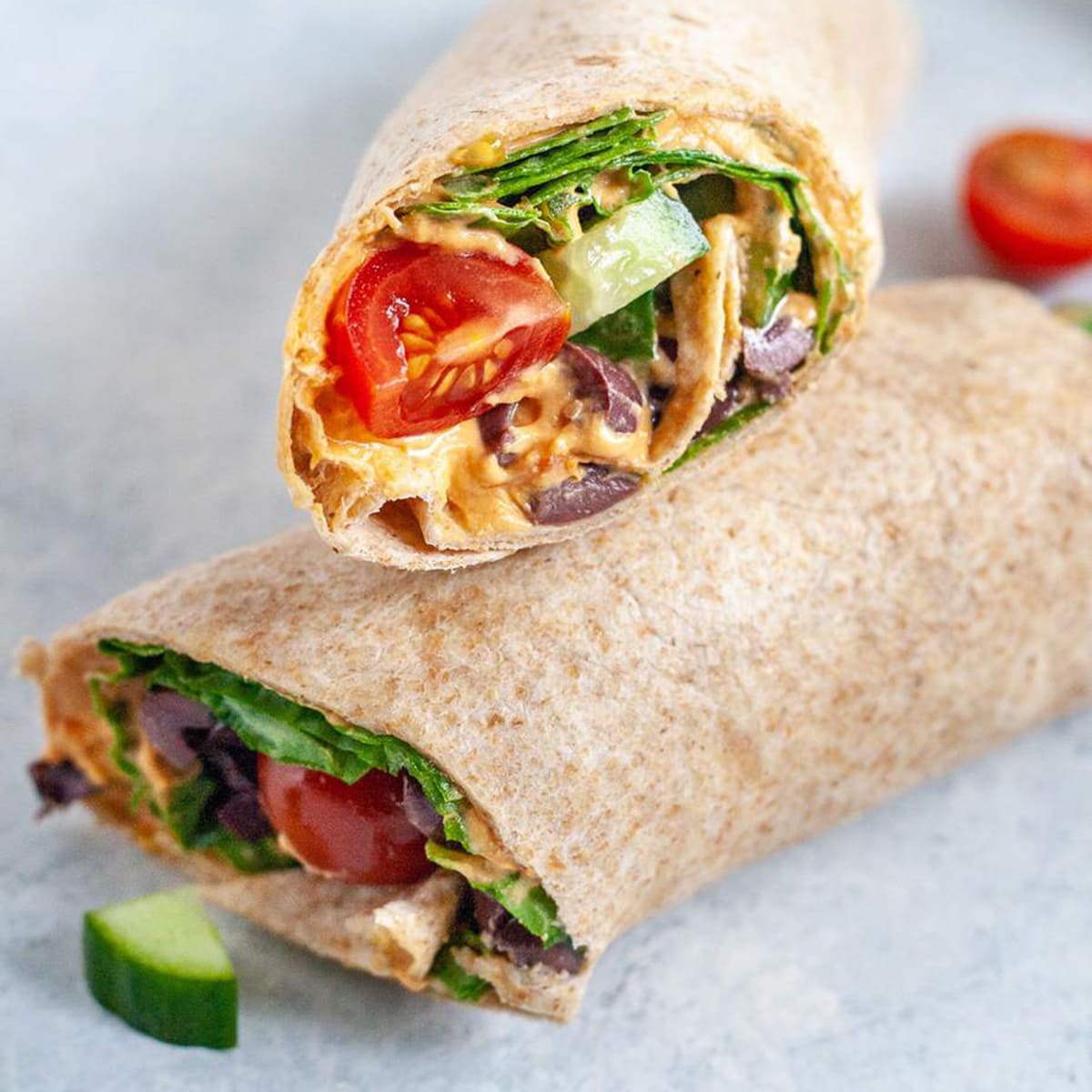
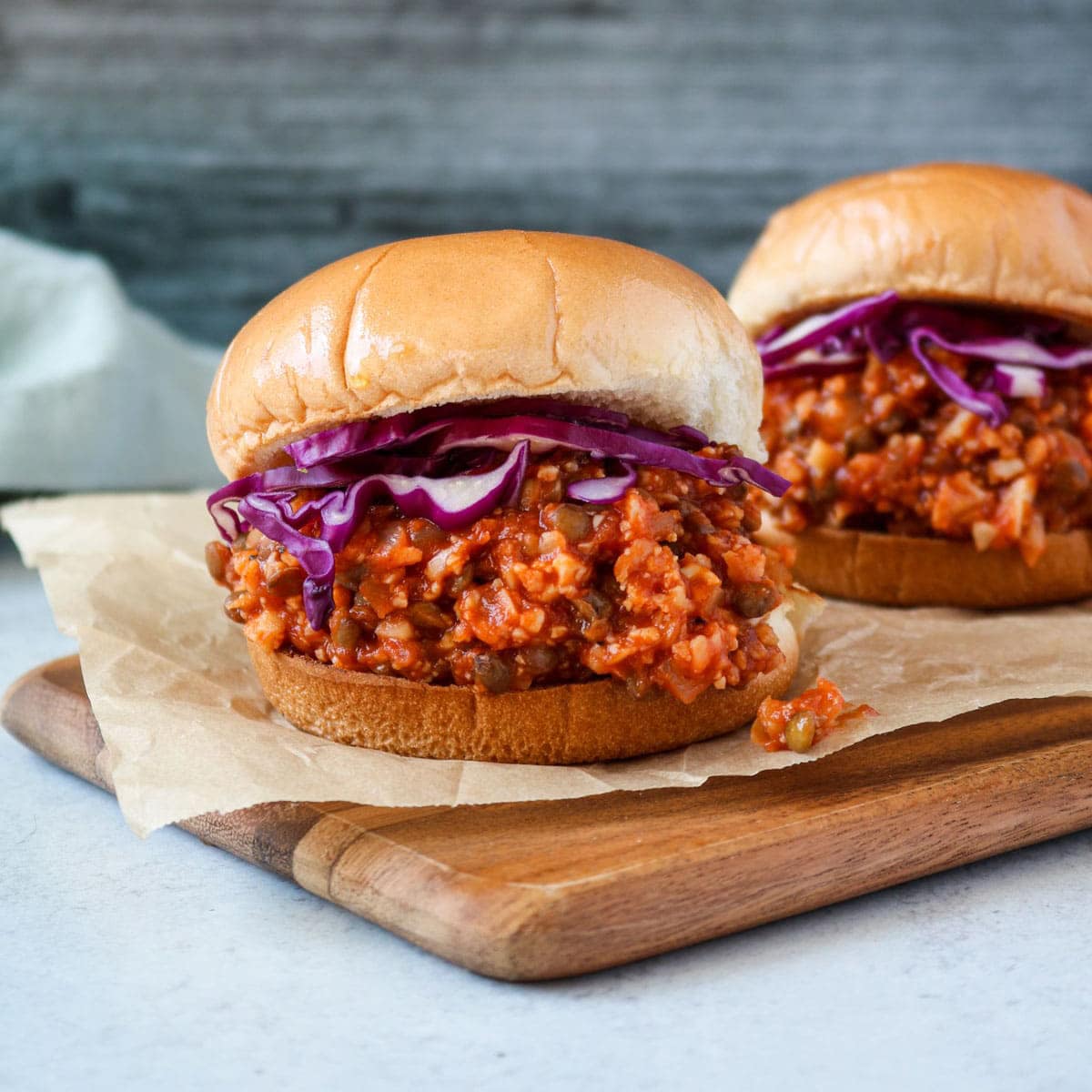
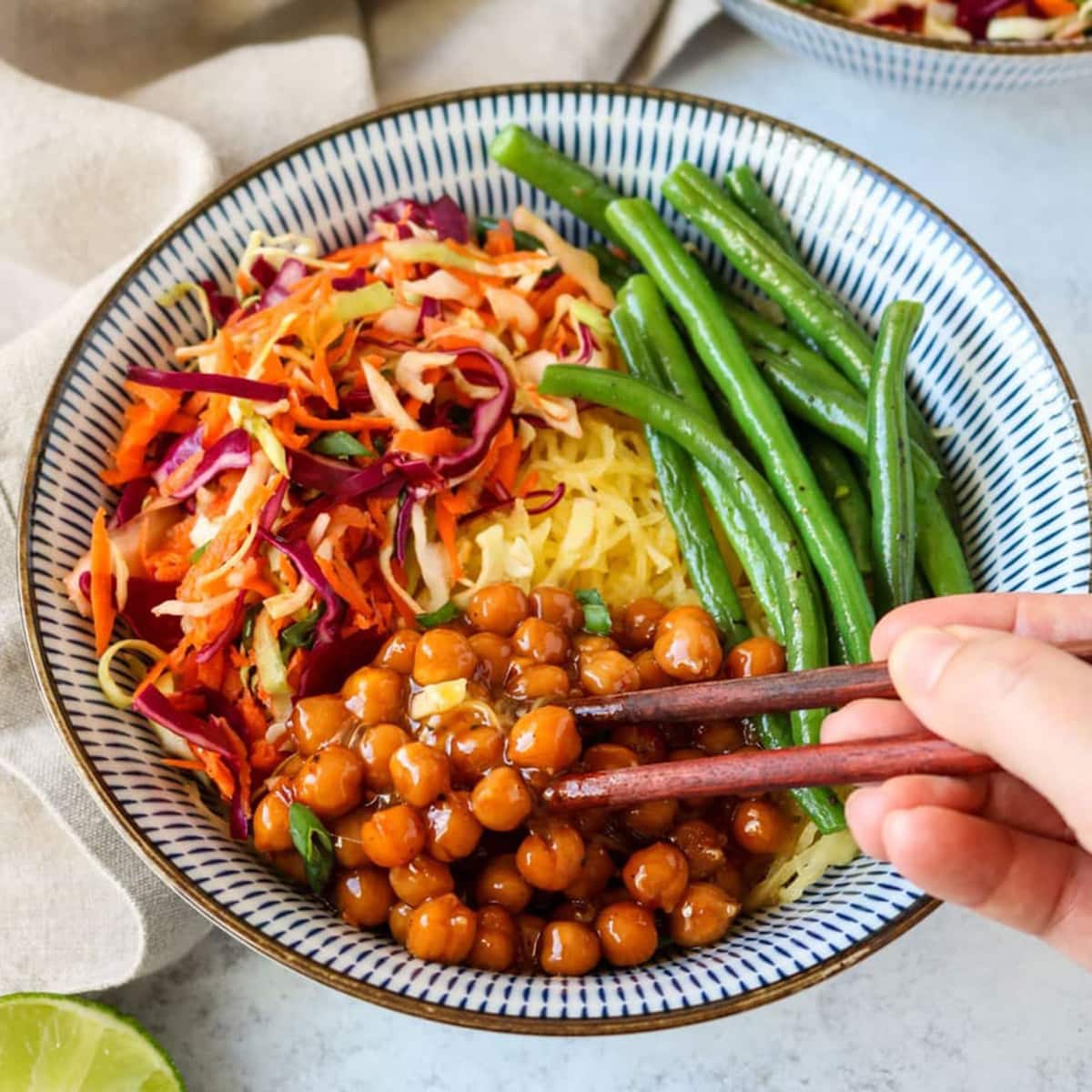
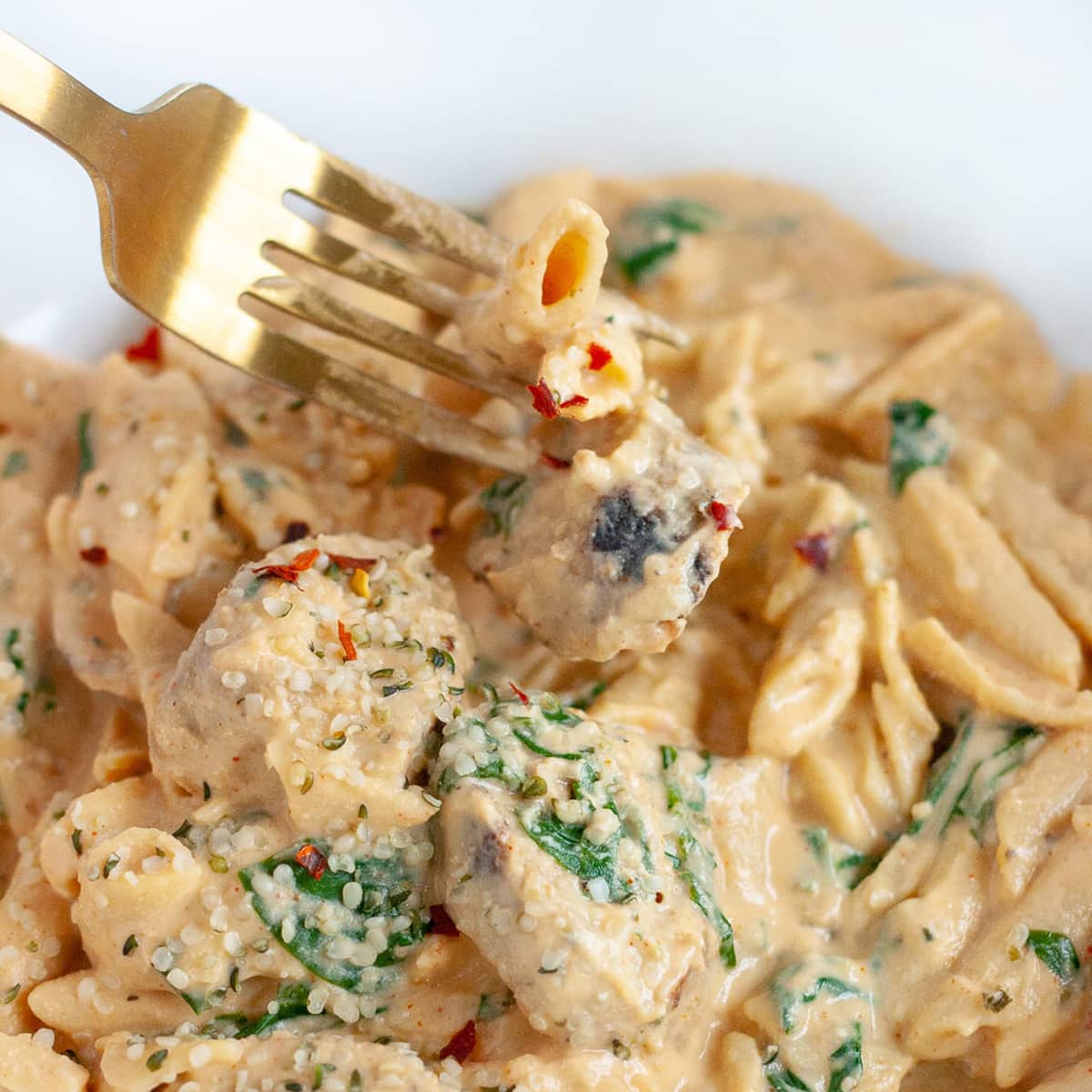
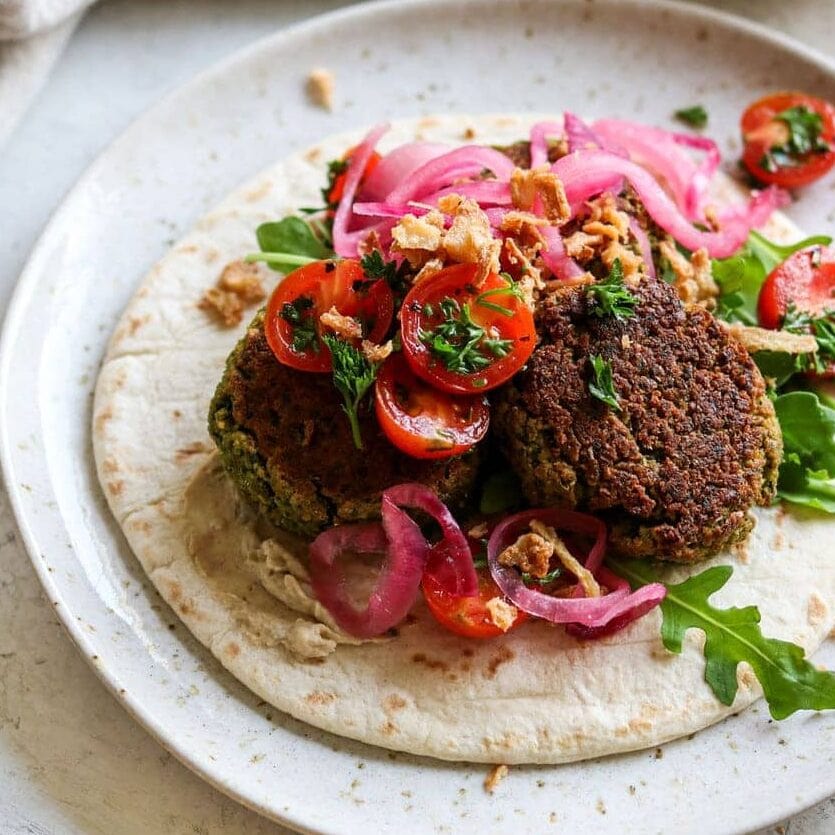
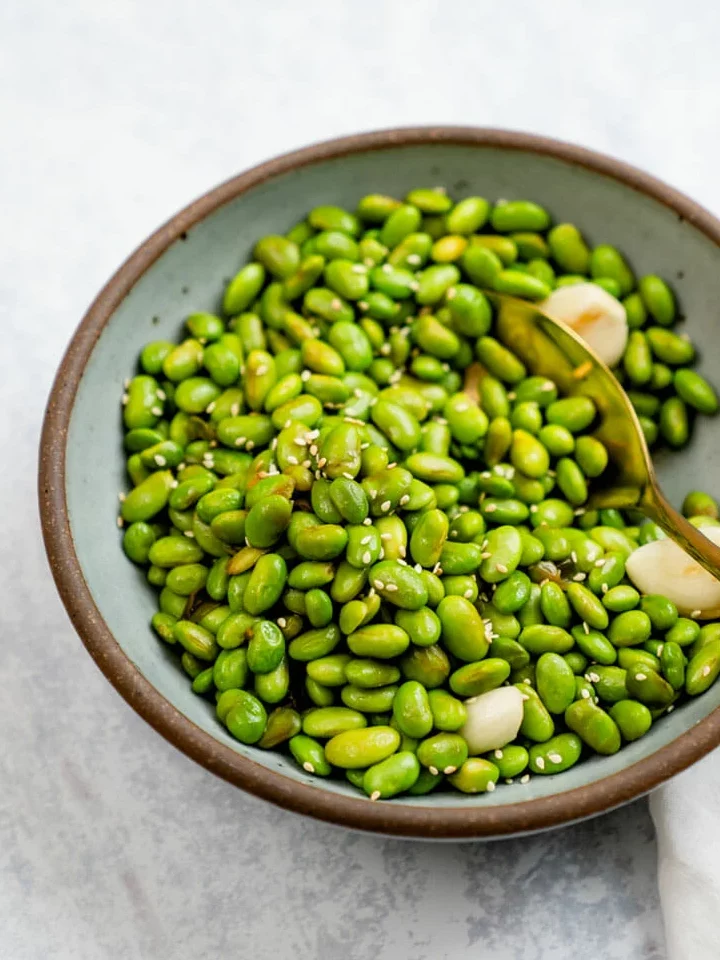
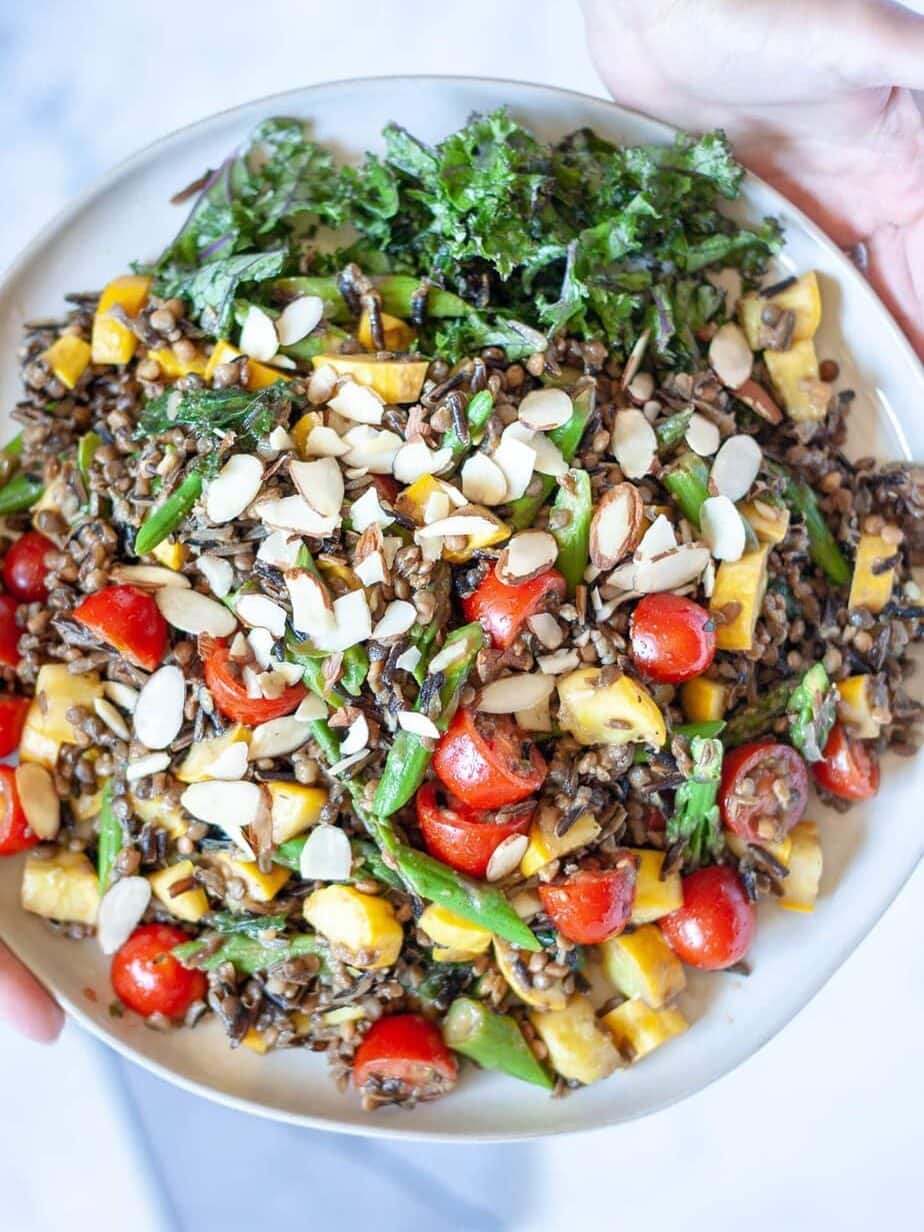
Leave a Reply